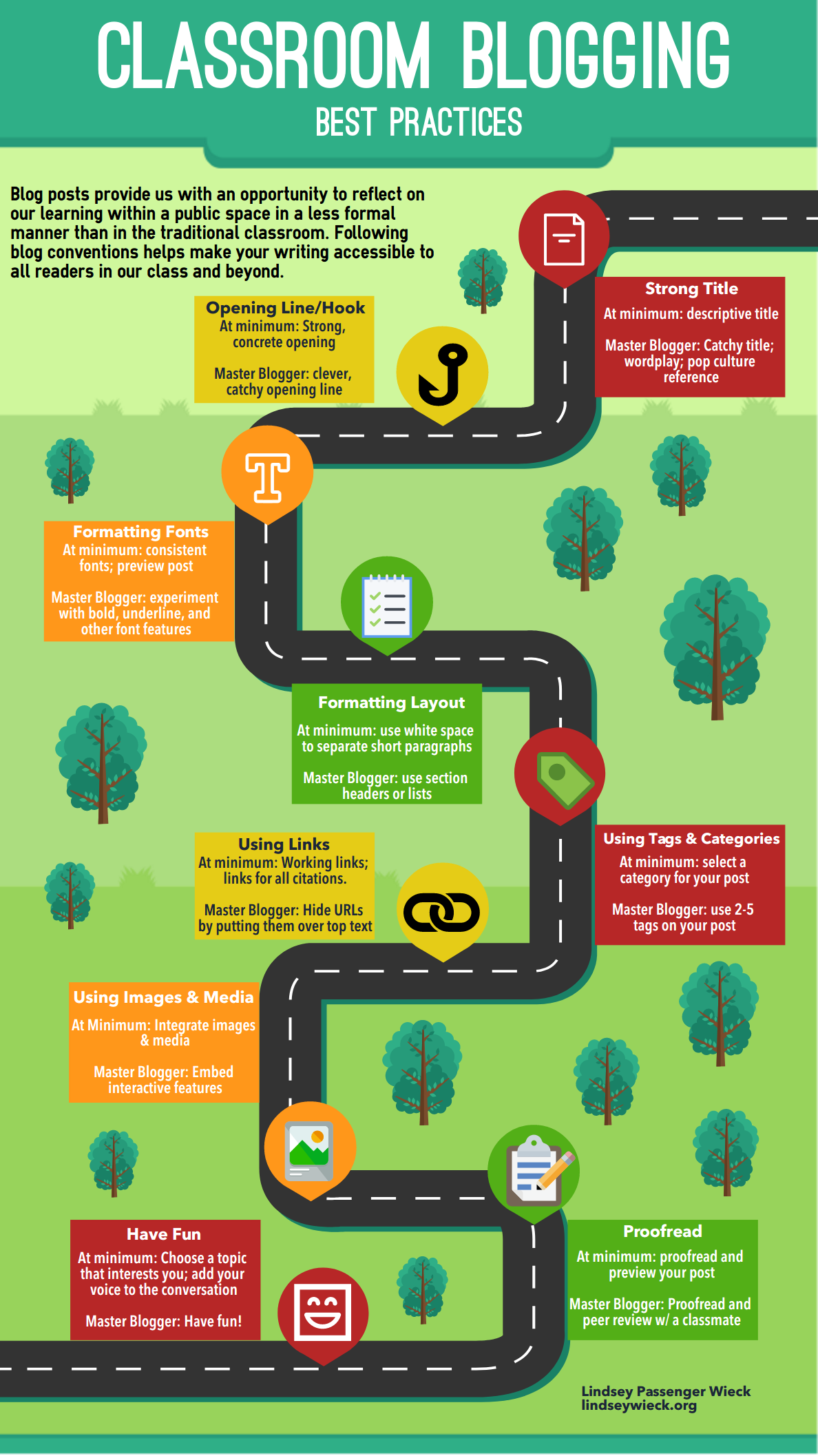Blog Guidelines
- Log in here.
- Word Count: 500-1000 words
- Audience: Write for your peers as colleagues, as well as for a public audience.
- Images & Multimedia are strongly encouraged with captions and proper citations. Please do not use copyrighted images. For help finding images, please view this StMU History Media Finding Images resource.
- References: Is it it a web resource?
- Yes, it's a web resource: Create a link to the resource directly. No need to cite it.
- No, it's a print resource or other media: Use inline references (Author date, page number) (e.g. Sayer 2015, 208). Include a sources cited section at the end using the Chicago Manual of Style for all non-web-based resources.
- In these blog posts, you can choose a topic that connects to topics, themes, and ideas we are discussing in this course. Try to find an innovative way to approach this topic so you're not just rehashing what we discussed in class. This is an opportunity to synthesize and analyze class topics and materials. You might also pose questions that these sources or topics may raise for you.
- Due by 11:59PM on the Saturday of the week the blog is listed
Blog Basics / Rationale
- I strongly encourage you to blog under your real name (even if it's just your first name) as you begin to build your brand, but I understand if you'd like to blog more anonymously. If you have any serious objections to sharing your work online, please email or meet with me after class to discuss other options.
- Blog posts provide us with an opportunity to write more casually than we would with a traditional term paper, while still being thoughtful in our communications. These posts offer an opportunity to reflect on readings, analyze primary sources, practice creating and integrating visualizations, raise questions, and discuss class topics outside of the classroom.
- Despite the more casual nature of blogs, I still expect you to responsibly cite materials, proofread your writing, and be thoughtful and structured in your writing.
- Remember these blogs will become part of your professional public presence, and many will be part of your portfolio. Please make sure you're taking the time to put your best foot forward by proofreading, citing sources and images, and showing your best work.
Goals

Blog Expectations
I will provide you with feedback each week on your writing and/or comments on your ideas. The following rubric will give you an example of my expectations for your writing in this course. I expect that you'll read the feedback each week and try to integrate it into the next week's assignment. You may be asked to revise an assignment before it receives a grade.
| Exceeds Expectations | Meets Expectations | Needs Improvement | |
|---|---|---|---|
| Writing / Content / Ideas | Your post has a “critical edge,” meaning that you pay attention to complexity, contradictions, and nuance. You challenge taken-for-granted assumptions, shed new light on old topics, and/or explore alternative viewpoints. You include specific, detailed examples, and approach the topic from an interesting or exciting viewpoint. | Your post notes some complexity, contradictions, and nuance, but could move to the next level by challenging taken-for-granted assumptions, shedding new light on old topics, or exploring alternative viewpoints. You include examples but they may be lacking in appropriate detail. | Your post lacks attention to complexity, contradictions, and nuance, and instead focuses on a single perspective and/or generalizations. To improve in this area, seek a more innovative viewpoint. Your post may also be lacking in detailed examples. |
| Professionalism | Your post follows the basic rules for clear writing. Your post is thoroughly proofread, and is well-written in an appropriately professional tone. You include proper citations as needed. Your post meets all requirements (length, number of sources, etc.). | Your post generally follows the basic rules for clear writing and is generally well-written, but it has a few proofreading errors and/or is missing citations. The tone is appropriately professional. Your post meets all or most requirements (length, number of sources, etc.). | Your post would be stronger if you invested more time in proofreading and revisions. You may also be missing citations or be writing in too informal of a tone. Your post may not have met all of the requirements (length, number of sources, etc.). |